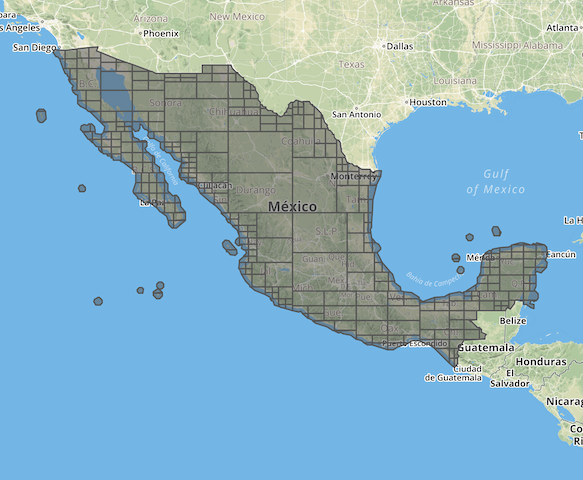3.0 KiB
Fallback Country Boundaries
Each place is assigned a country_code and partition. Partitions derive from country_code.
Nominatim imports two pre-generated files
data/country_name.sql(country code, name, default language, partition)data/country_osm_grid.sql(country code, geometry)
before creating places in the database. This helps with fast lookups and missing data (e.g. if the data the user wants to import doesn't contain any country places).
The number of countries in the world can change (South Sudan created 2011, Germany reunification), so can their boundaries. This document explain how the pre-generated files can be updated.
Country code
Each place is assigned a two letter country_code based on its location, e.g. gb for Great Britain. Or NULL if no suitable country is found (usually it's in open water then).
In sql/functions.sql: get_country_code(geometry) the place's center is checked against
- country places already imported from the user's data file. Places are imported by rank low-to-high. Lowest rank 2 is countries so most places should be matched. Still the data file might be incomplete.
- if unmatched: OSM grid boundaries
- if still unmatched: OSM grid boundaries, but allow a small distance
Partitions
Each place is assigned partition, which is a number 0..250. 0 is fallback/other.
During place indexing (sql/functions.sql: placex_insert()) a place is assigned the partition based on its country code (sql/functions.sql: get_partition(country_code)). It checks in the country_name table.
Most countries have their own partition, some share a partition. Thus partition counts vary greatly.
Several database tables are split by partition to allow queries to run against less indices and improve caching.
location_area_large_<partition>search_name_<partition>location_road_<partition>
Data files
data/country_name.sql
Export from existing database table plus manual changes. country_default_language_code most taken from https://wiki.openstreetmap.org/wiki/Nominatim/Country_Codes, see utils/country_languages.php.
data/country_osm_grid.sql
country_grid.sql merges territories by country. Then uses function.sql: quad_split_geometry to split each country into multiple Quadtree polygons for faster point-in-polygon lookups.
To visualize one country as geojson feature collection, e.g. for loading into geojson.io:
-- http://www.postgresonline.com/journal/archives/267-Creating-GeoJSON-Feature-Collections-with-JSON-and-PostGIS-functions.html
SELECT row_to_json(fc)
FROM (
SELECT 'FeatureCollection' As type, array_to_json(array_agg(f)) As features
FROM (
SELECT 'Feature' As type,
ST_AsGeoJSON(lg.geometry)::json As geometry,
row_to_json((country_code, area)) As properties
FROM country_osm_grid As lg where country_code='mx'
) As f
) As fc;
cat /tmp/query.sql | psql -At nominatim > /tmp/mexico.quad.geojson
